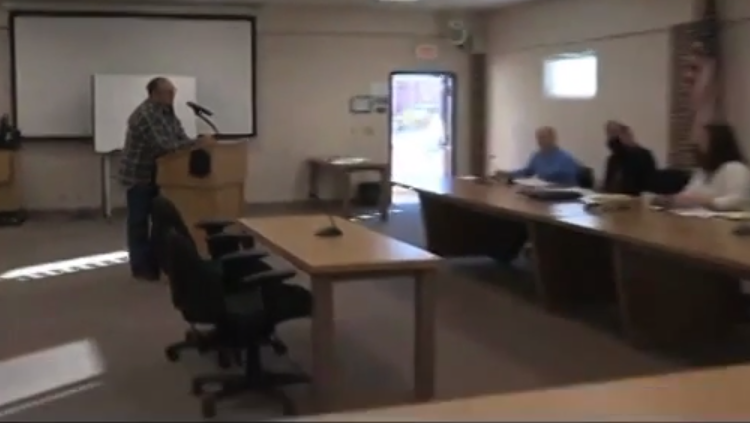During a recent discussion with a group opposing the proposed Jordan Cove LNG export terminal someone raised the topic of offshore wind. The matter came up within the context of a section in The Coos County Sustainable Energy Future Ordinance that defines non sustainable energy systems.
(d) “Non-sustainable energy systems” means those systems that are controlled by state and federal energy policies, rather than community controlled energy policies; hydroelectric power and industrial scale wind power when it is not locally or municipally owned and operated; energy systems using fossil fuels, including but not limited to coal, natural gas, petroleum products, nuclear and radioactive materials and other fuel sources that are non-renewable, or which produce toxins and substances that cause injury to humans or natural communities and ecosystems, or that are in violation of resident’s right to a sustainable energy future.
A couple of anti Jordan Cove LNG activists took issue with the phrase “hydroelectric power and industrial scale wind power when it is not locally or municipally owned and operated” as non-sustainable. The ordinance, they say, will prohibit the Principle Power Wind Float project off the coast of Coos Bay from using Coos County as a pathway for a new transmission line to the California Oregon Intertie. The project would provide temporary assembly jobs in Coos County.
Originally a pilot project, Principle Power proposes a modest 30MW floating wind farm that would have supplied electricity to the Jordan Cove LNG terminal. According to Coos County Commissioner Bob Main, who is the county liaison to the Bureau of Ocean Energy Managment (BOEM), the company now plans to sell electricity direct to buyers in California through a standard PPA (power purchase agreement).
The decision to decouple from Jordan Cove is attributed to funding requirements by some sources close to the project as the company recently merged with Marine Innovation & Technology. The project costs are estimated at $4 to $6 million per megawatt which doesn’t include the $10 million per mile to lay underground cable from the continental shelf to shore.
We can all agree that wind is a renewable resource but here is why this project is non-sustainable for Coos County. First, according to Brent Paine of the United Catcher Boats Association, the wind farm is sited on the edge of the continental shelf smack dab in the middle of the world’s “richest” hake fishery which provides up to 400 fish processing jobs.
“It’s like a highway out there along the shelf,” Paine explained. “It would be like putting a wind farm right in the middle of I-5.”
There will be no property tax revenue for Coos County and according to Paine, the company is heavily subsidized and has received approximately $50 million in federal grants. Like all centralized energy projects the profits are rarely reinvested locally but are instead distributed to foreign shareholders. We learned long ago, when Jordan Cove first floated the idea of a new power plant, that existing transmission lines are saturated which means that a new $1 million a mile line needs to be constructed. Much of it will go through private property requiring a barren right-of-way as wide as the Pacific Connector Gas Pipeline.
Again, it is unlikely there will be any property tax revenue for the county and Main claims that Representative Caddy McKeown is introducing a bill in the legislature that would pass some or most of Principle Power’s transmission costs on to Oregon ratepayers. Oregonians will potentially pay for the privilege of sending wind energy to California.
Principle Power’s Kevin Banister has not responded to requests for information and clarification.
The above clause is specifically inserted into the ordinance precisely to protect Coos County from this type of exploitation. Just because an energy source is renewable doesn’t mean that it is also being applied in a sustainable manner. The Principle Power offshore wind project is not sustainable for Coos County.



